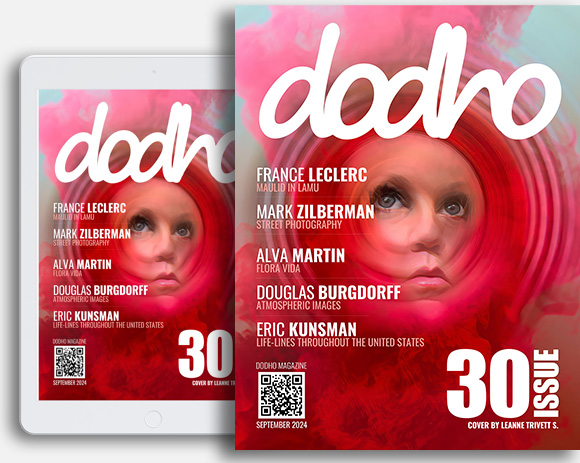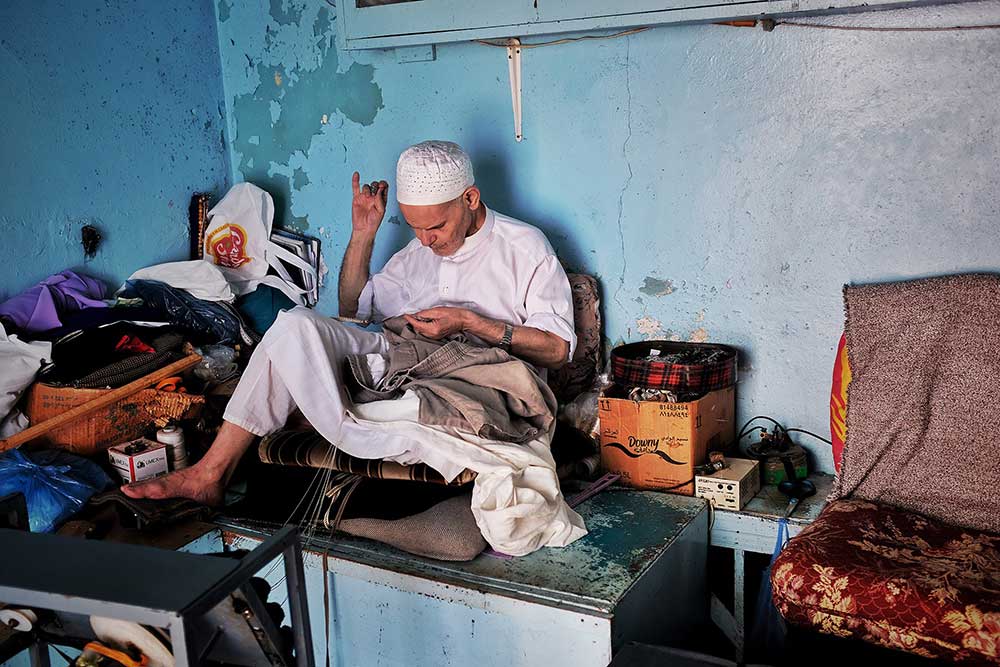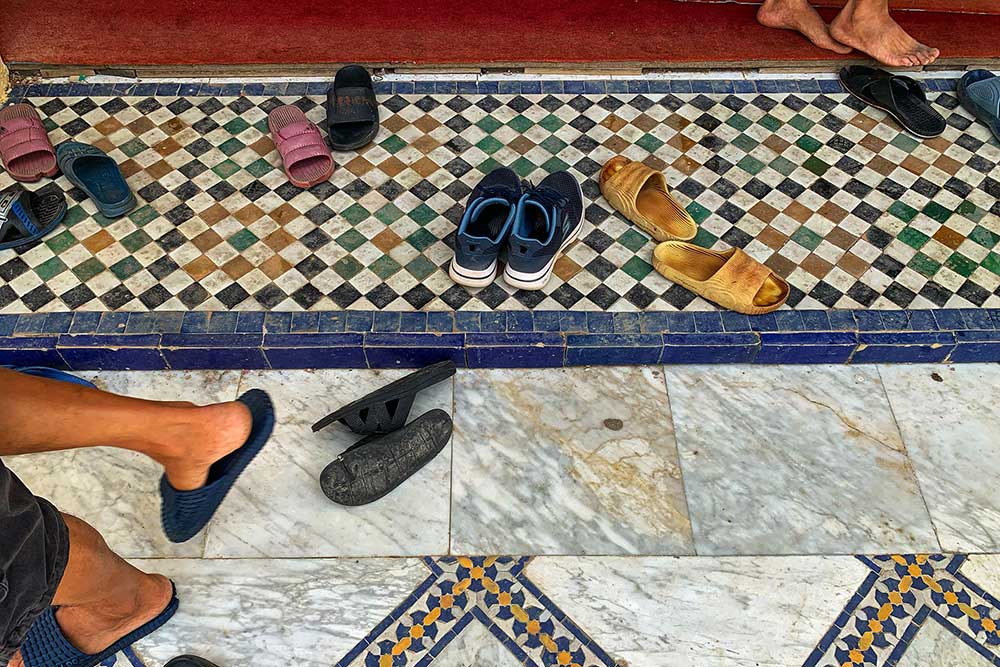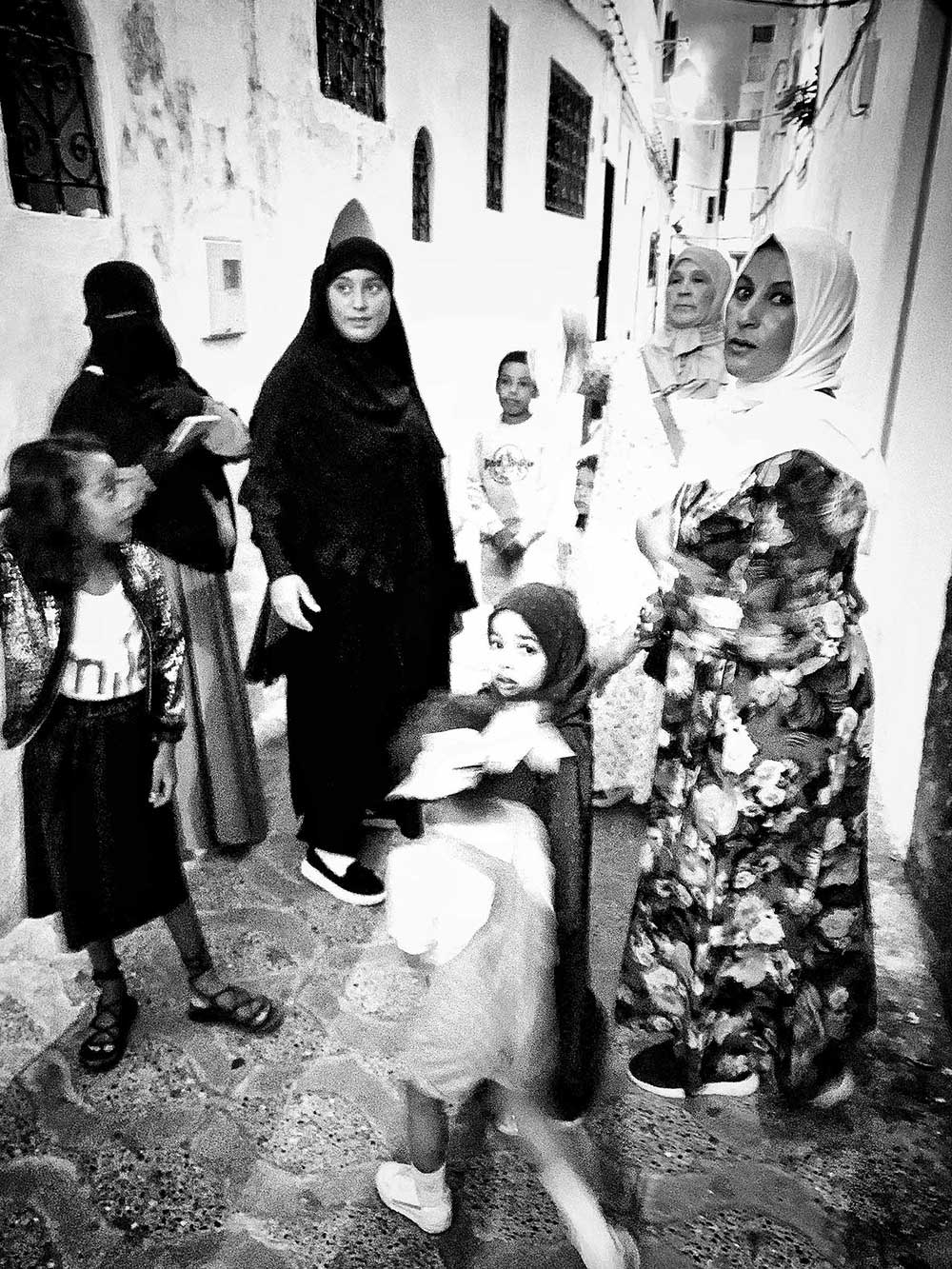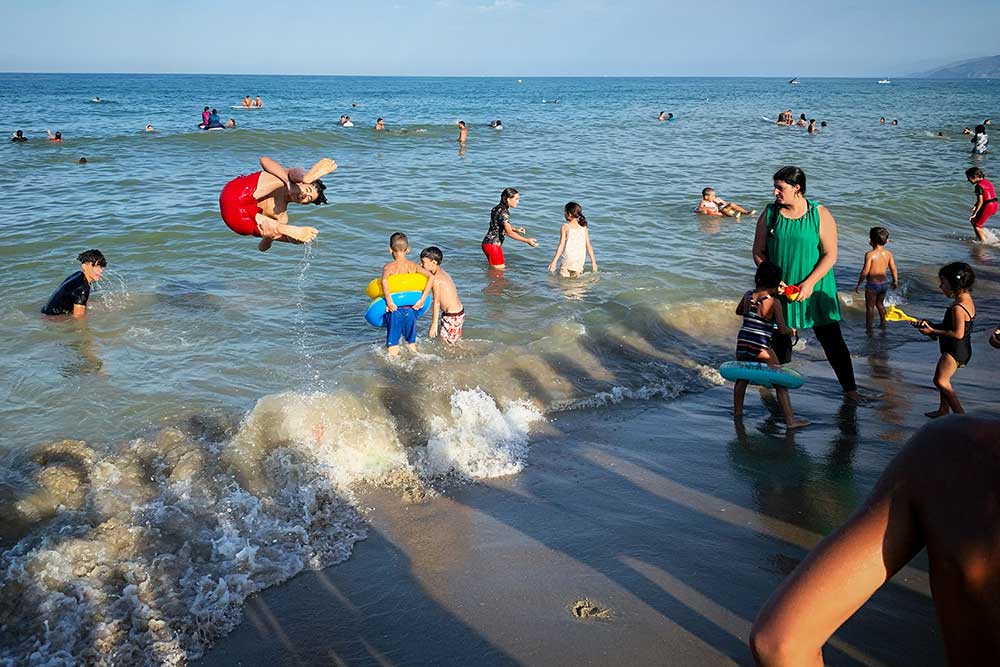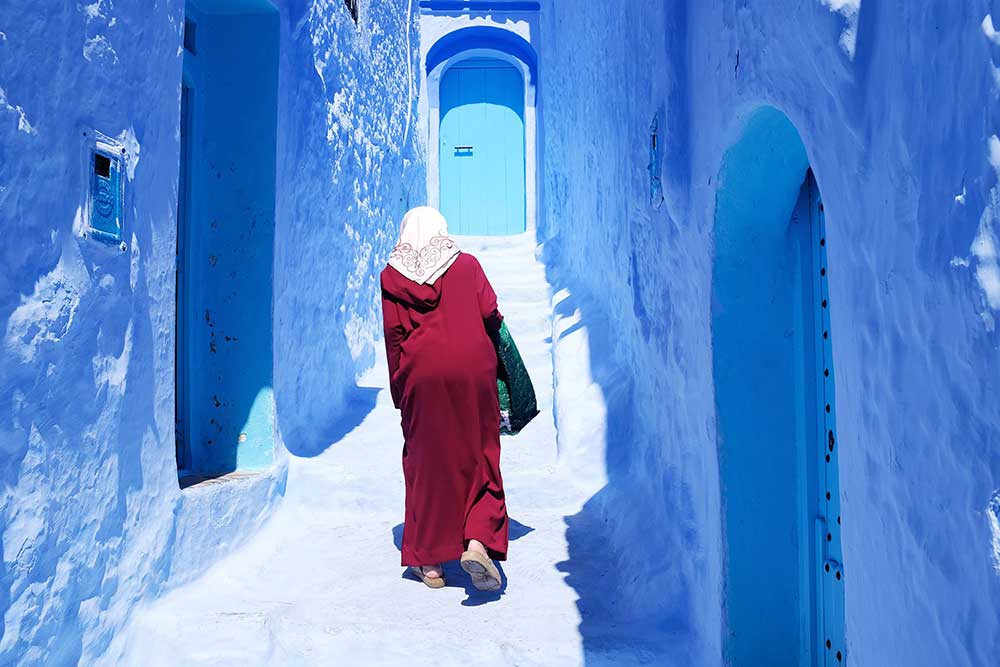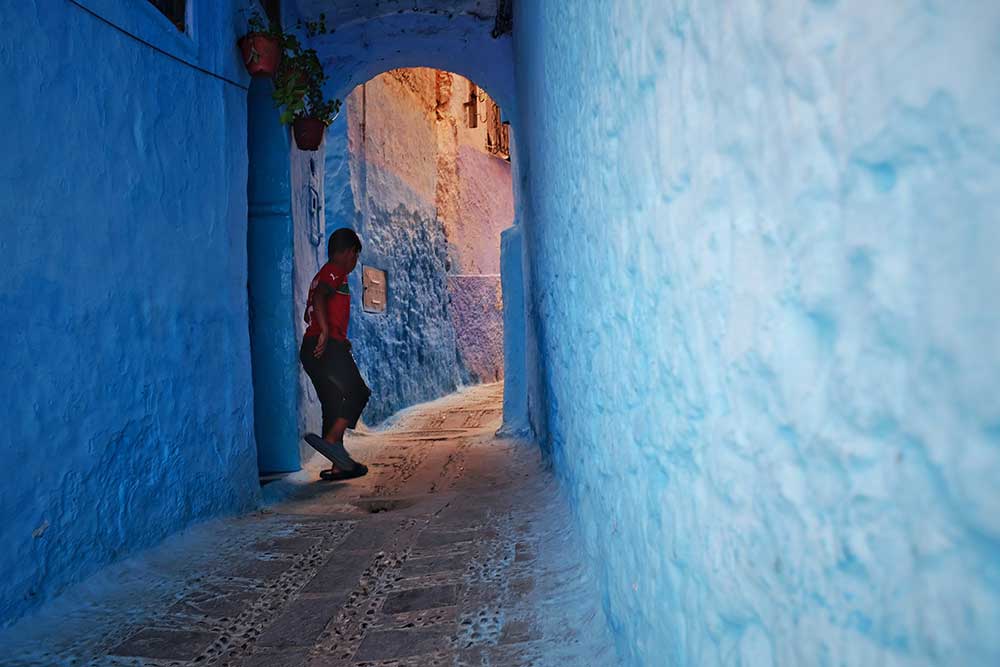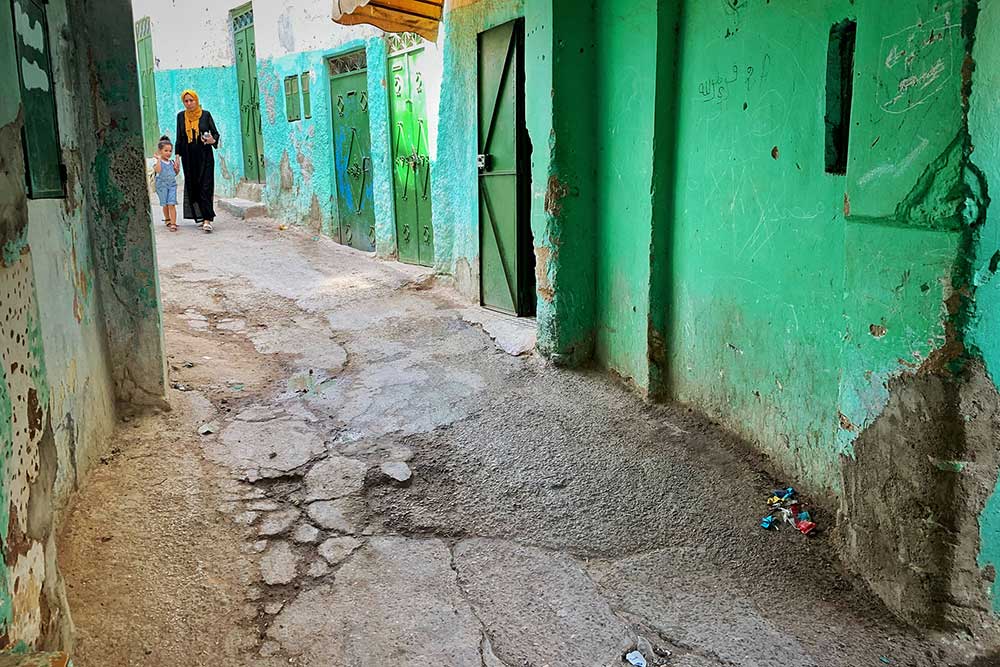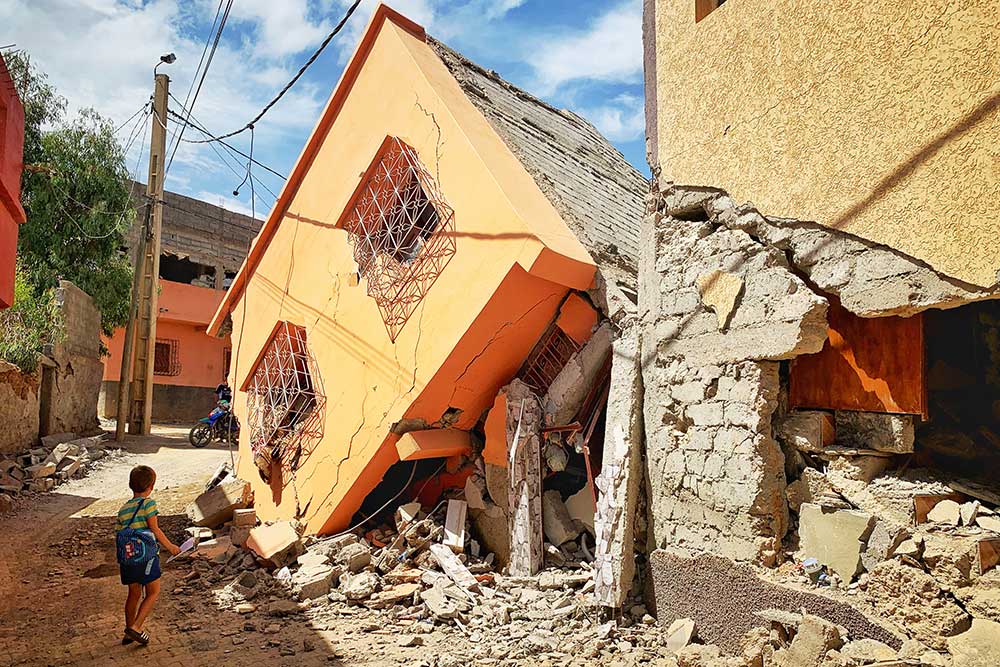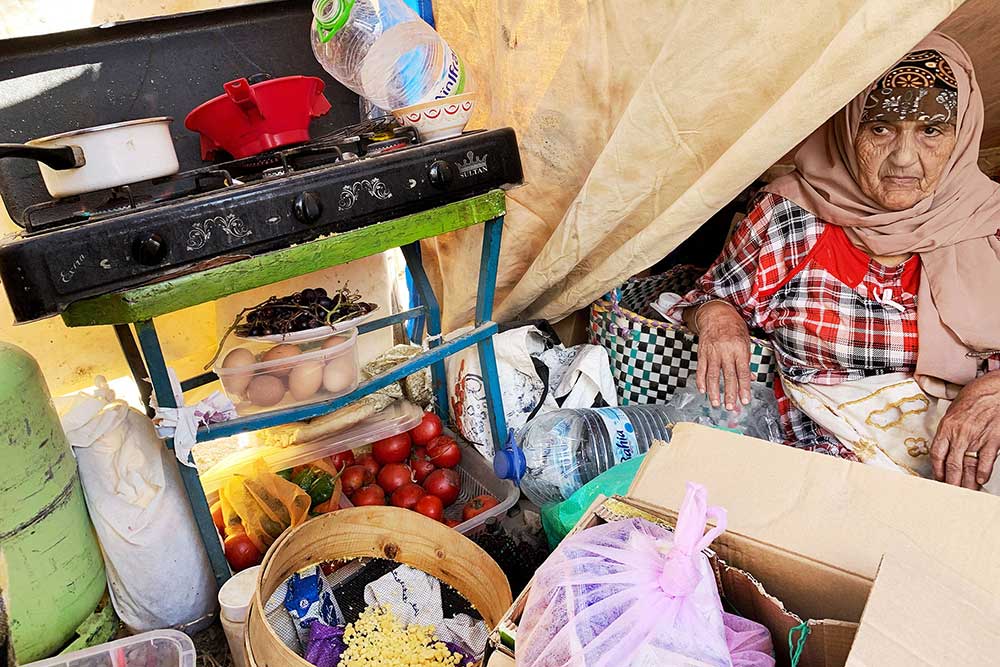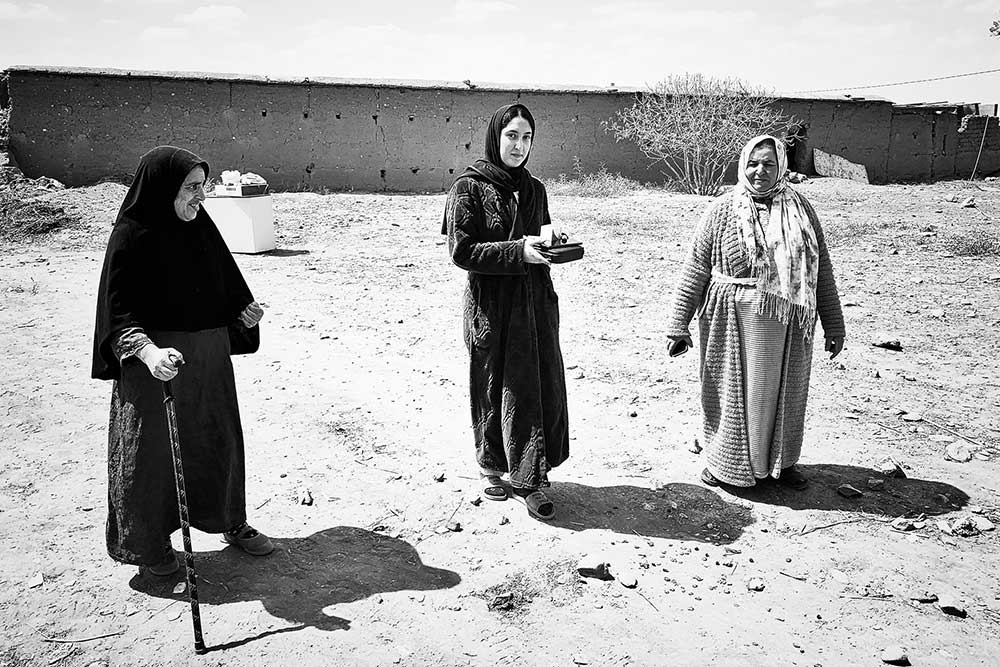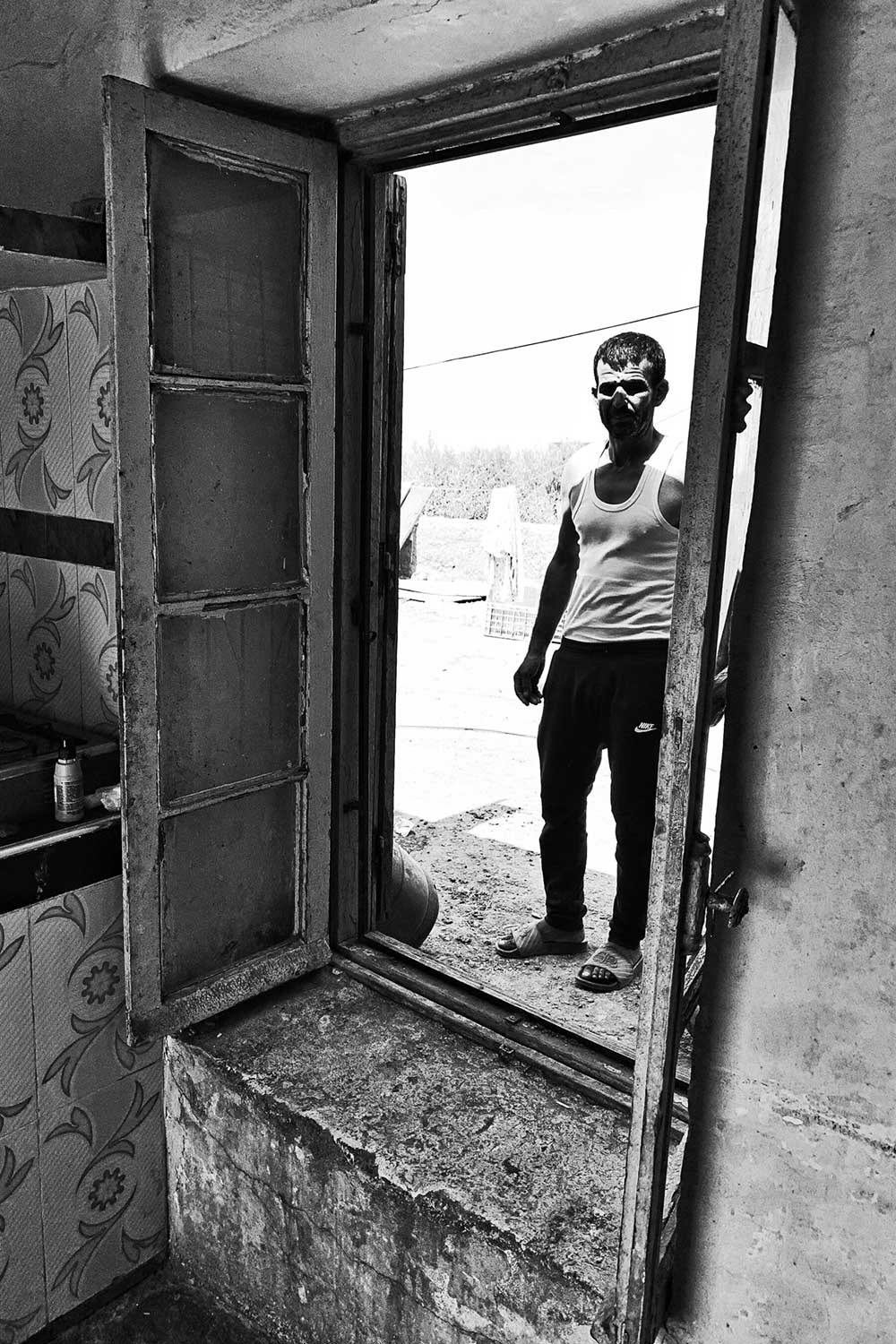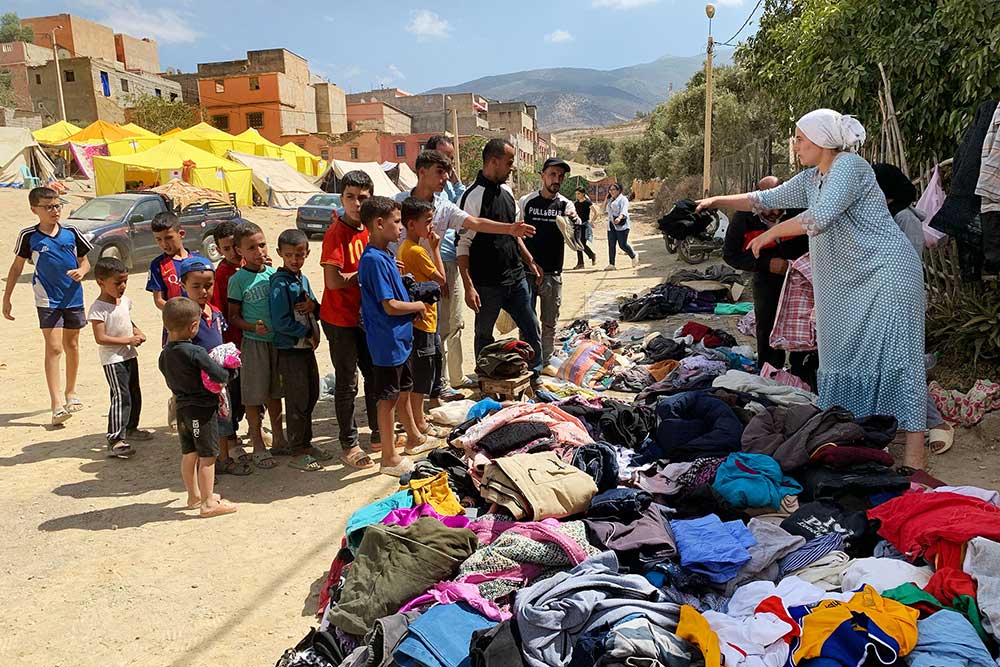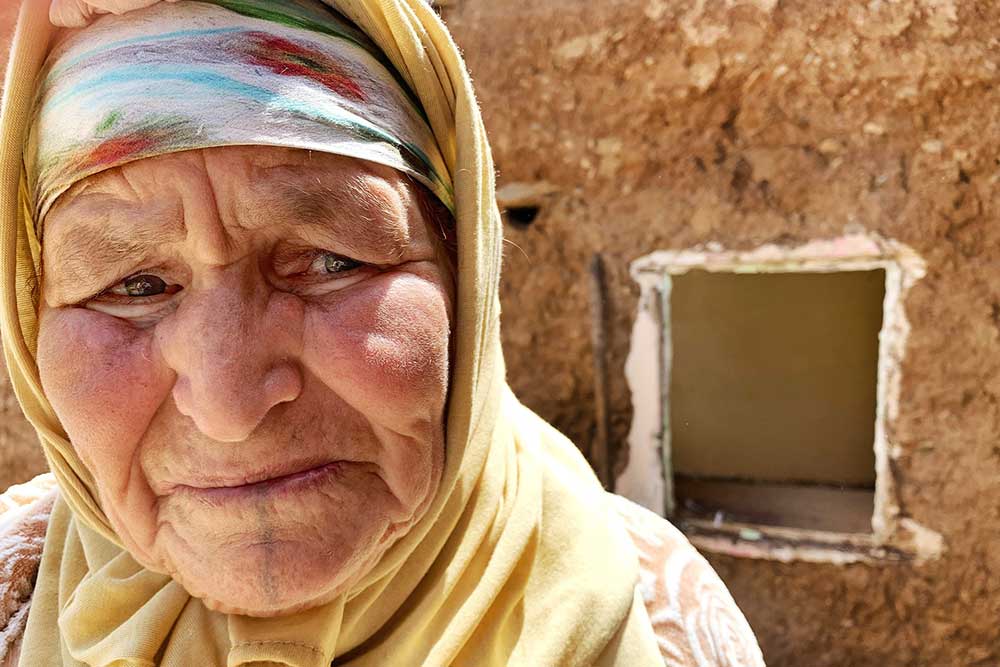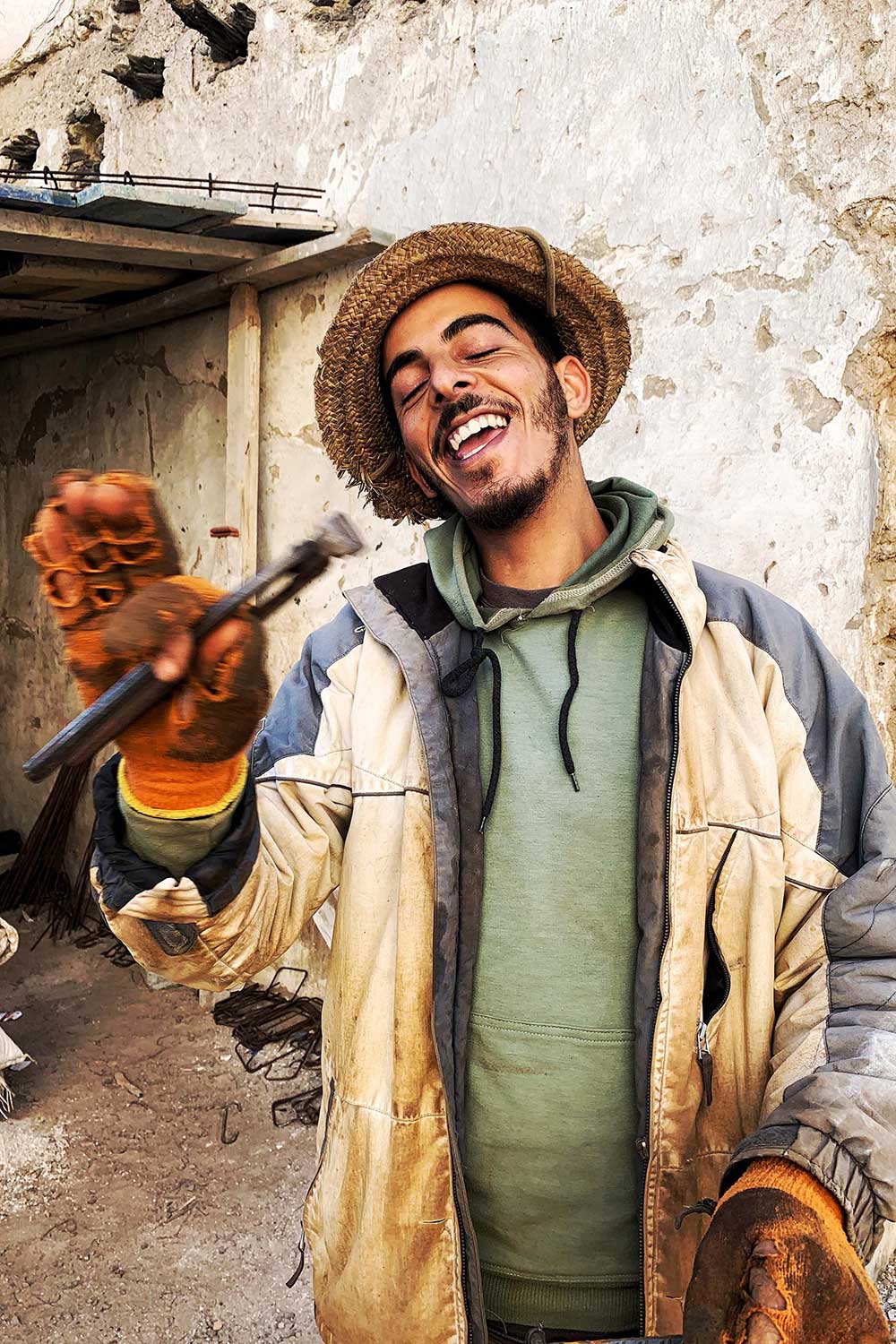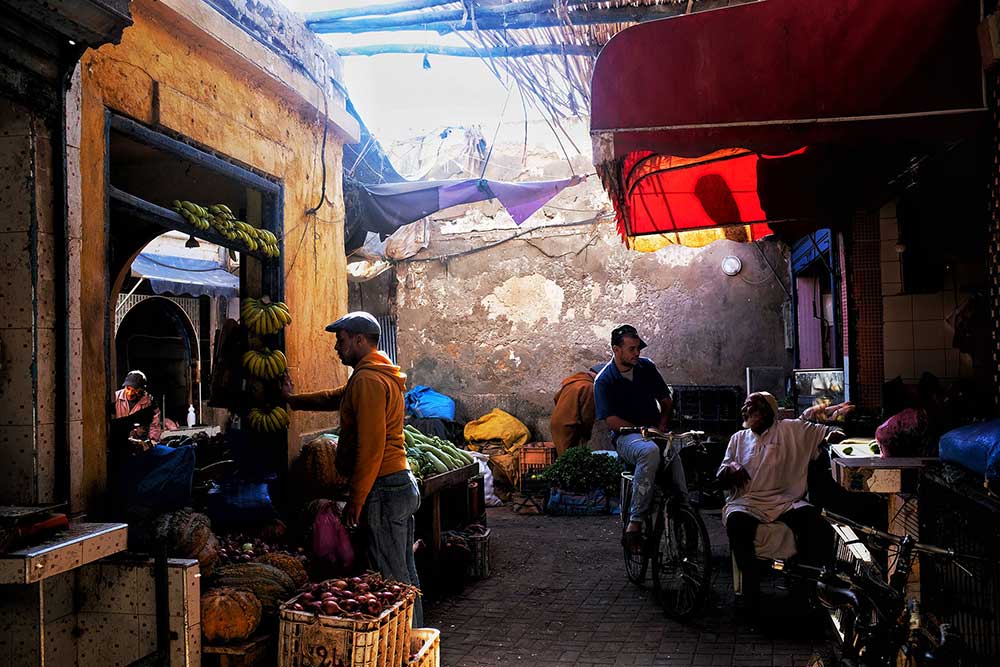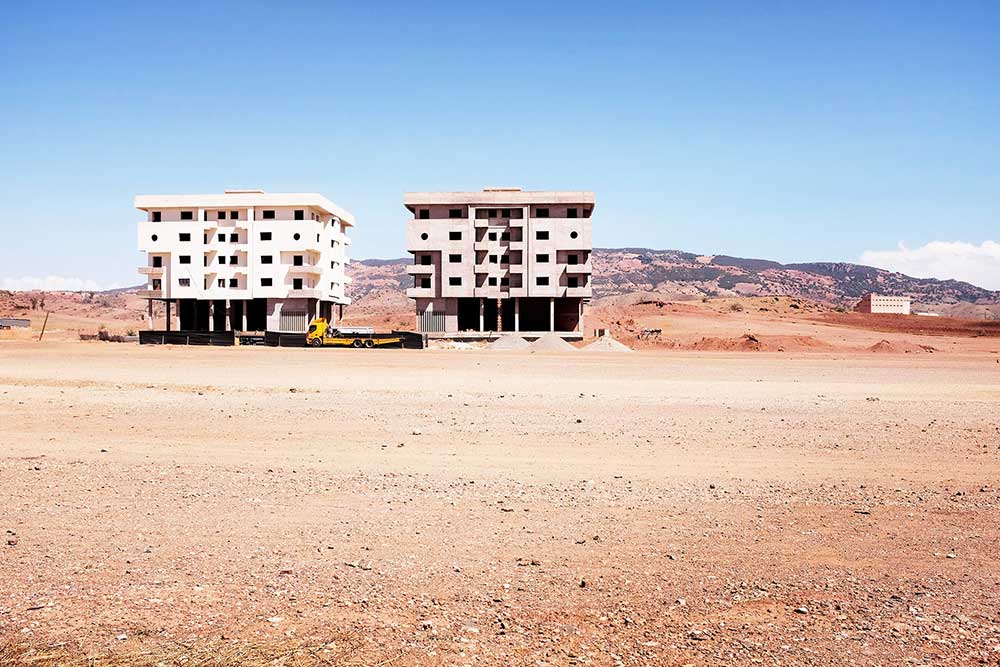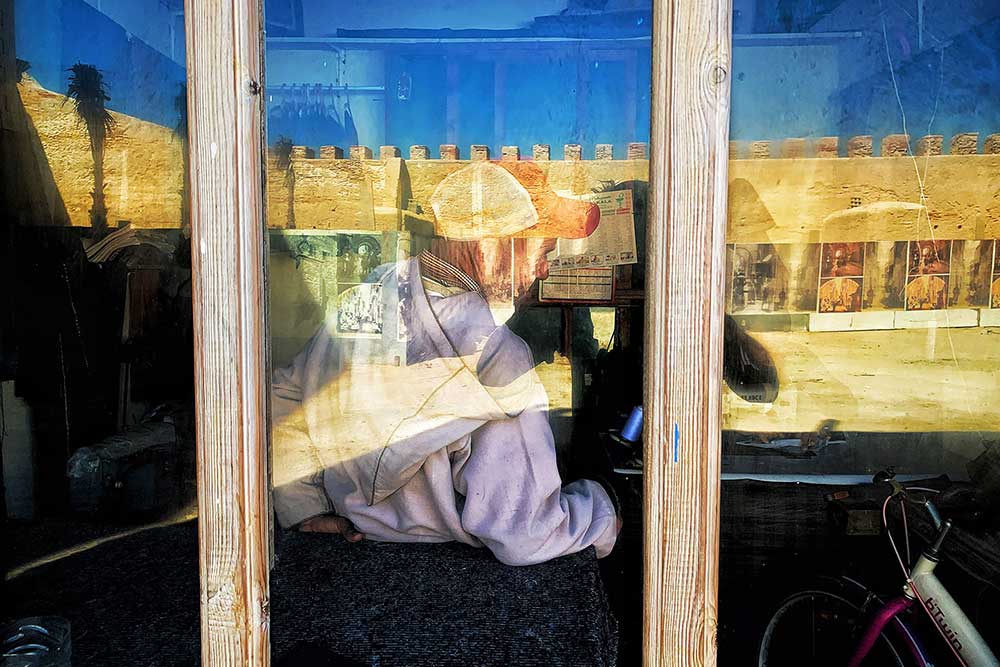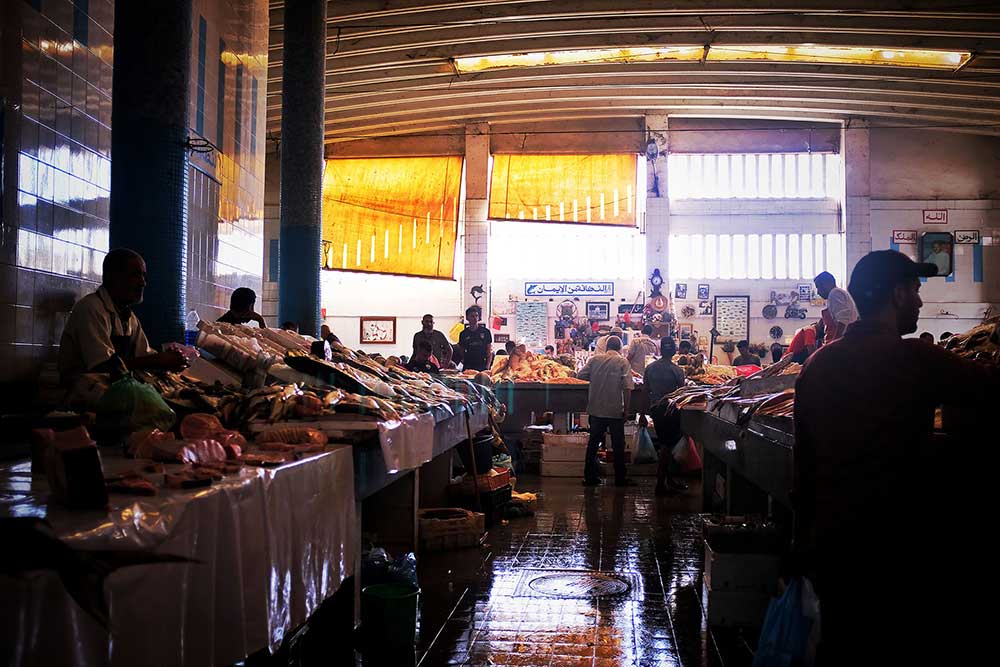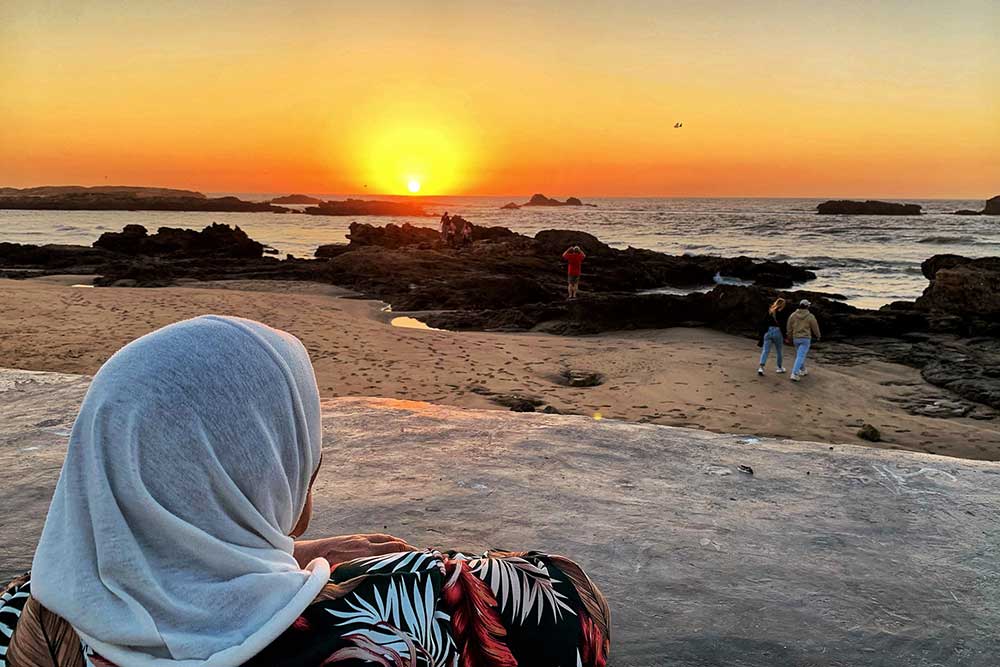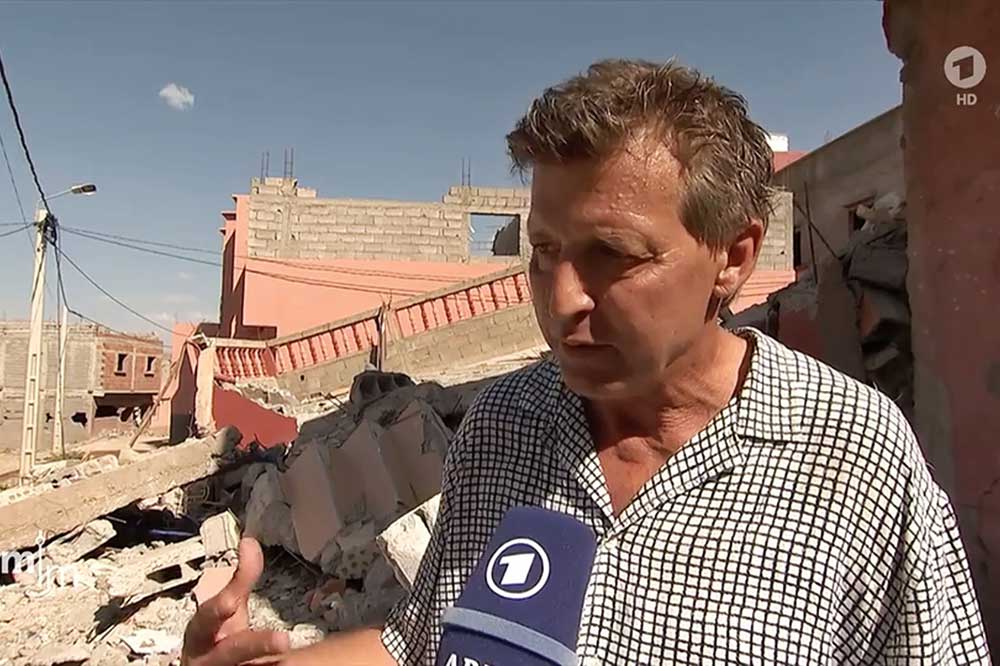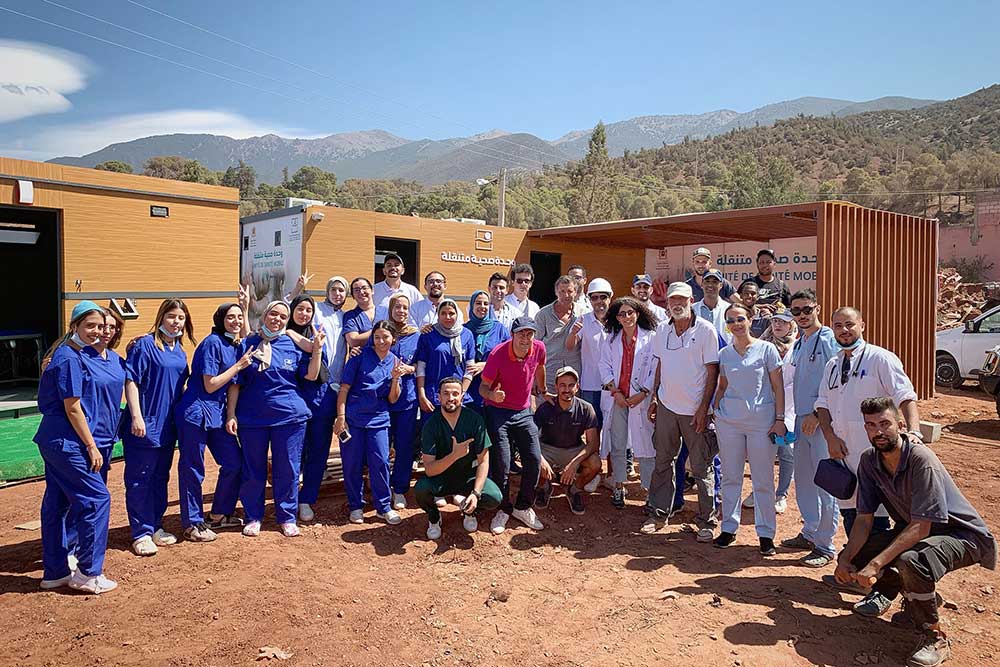Morocco is a land of contrasts, where each city and town tells its own story through its streets, architecture, and people.
From the serenity of Asilah, a coastal gem that gazes out over the Mediterranean, to the rich Hispano-Moorish heritage of Tetouan, and the enigmatic blue of Chefchaouen, every corner offers a unique experience that showcases the cultural and natural diversity of this country.
However, not everything is calm and beauty in this North African nation. Recently, the devastating earthquake that shook the High Atlas Mountains reminded the world of the fragility of life and the importance of solidarity in times of crisis.
Asilah: a town that gazes at the sea from behind its walls.
The name Asilah evokes images of winding streets lined by clean, white houses with freshly painted walls that dazzle when they reflect the sun. You can hear the sea from Asilah because it’s lapped by the waters of the Mediterranean – parts of the town are strongly reminiscent of coastal towns in Cadiz. They say that Asilah (or Arcila as it’s also known) has the cleanest and most well-cared for medina in Morocco and it’s true that the inhabitants of this ancient town take great care over every street and Neo-Arabic building as if they were a prized treasure. Almost all the houses are white but many add a dash of colour with borders, doors and windows in indigo or green. Buildings are also decorated with mural paintings by the many artists who have been drawn to Asilah and its town plan dating from the age of Al-Andalus. Other former houses have become attractive shops that you’ll love to visit as you wander the streets and discover the town’s charms alongside a population of little more than 30,000 inhabitants.


